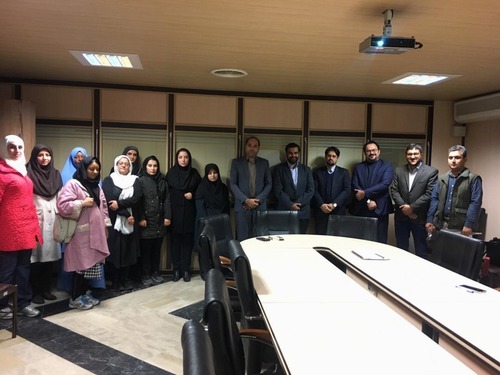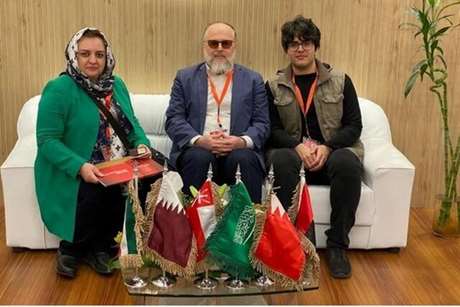Applications of preclinical imaging for cell therapy

At the journal club meeting held on November 12, 2018, the topic of “Applications of preclinical imaging for cell therapy” was discussed by Dr. Ehsan Sharif. In this presentation Dr. Sharif introduced Regulatory T cells (Tregs) as the key in controlling autoimmune diseases and limiting immune responses to foreign antigens. Tregs are being studied for adoptive transfer immunotherapy for various diseases such preventing transplant rejection. Then, he comes up with questions such as where therapeutic Tregs go and how long they stay viable in patients remains unsolved and trying to answer these questions in a pre-clinical set up with the help of nuclear medicine imaging technology.
Imaging of the human sodium/iodide symporter (NIS) via Single Photon Emission Computed Tomography (SPECT) has been used to image various cell types in vivo. SPECT/CT imaging can be used to visualise the migratory pattern of Tregs in vivo. Murine Tregs were transduced with a construct encoding for NIS. NIS expressing Tregs were specifically radiolabelled in vitro with Technetium-99m pertechnetate (99mTcO4-) and exposure of these cells to radioactivity did not affect cell viability, phenotype or function. It is demonstrated that this method of imaging can be utilised to image migration of Tregs with direct and indirect allo-specificity in a skin transplant model. Interestingly, Tregs that prolonged the transplant survival demonstrated a different pattern of migration compared to Tregs that were unable to prolong the transplant survival.




Send to friends